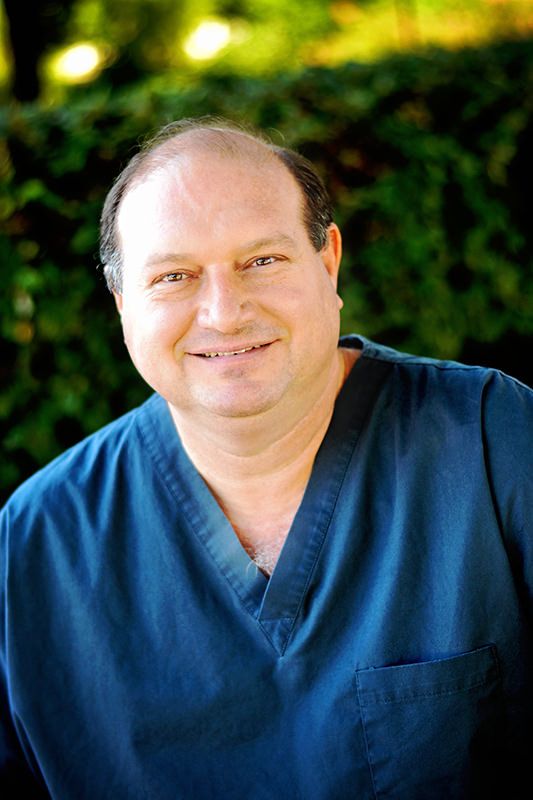nJoy Vision
10900 Hefner Pointe Drive, Suite 101
Oklahoma City, OK 73120
Phone: (405) 842-6060
Monday–Thursday: 8 a.m.–5 p.m.
Friday: 8 a.m.–12 p.m.
PRK
At nJoy Vision in OKC, Photorefractive Keratectomy (PRK) offers patients from Norman, Moore, Edmond, and throughout the OKC metro area a precise, minimally invasive method of reshaping the cornea.
Instead of making a flap like in LASIK surgery, the thin, top layer of the cornea known as epithelium is gently removed. The excimer laser is then used to reshape the cornea in exactly the same way as LASIK, with Custom Wavefront technology for precise correction.
This reshaping of the cornea helps the eye to focus properly, thus reducing or eliminating the need for eyeglasses and contact lenses. There are variations of this procedure known as LASEK (Laser-Assisted Epithelial Keratomileusis) and EPI-LASIK.
After PRK, a comfortable bandage lens is placed on the cornea until the epithelium can grow back, usually in about 2 to 4 days. During this time the treated eye usually has a gritty or burning sensation and the vision is reduced, but within the first week most people have very functional vision. The vision continues to improve in most cases for 30 to 90 days.
PRK reshapes the cornea with custom wavefront technology for precise correction.
PRK is usually performed when it is preferable not to create a flap – such as for patients with thin corneas, or those who have a history of epithelial abrasions.
Prior to PRK, LASEK or EPI-LASIK, drops are placed in the eye to numb it, and an instrument is placed in the eye to keep you from blinking. The laser treatment itself takes approximately 20-30 seconds and is completely painless.



